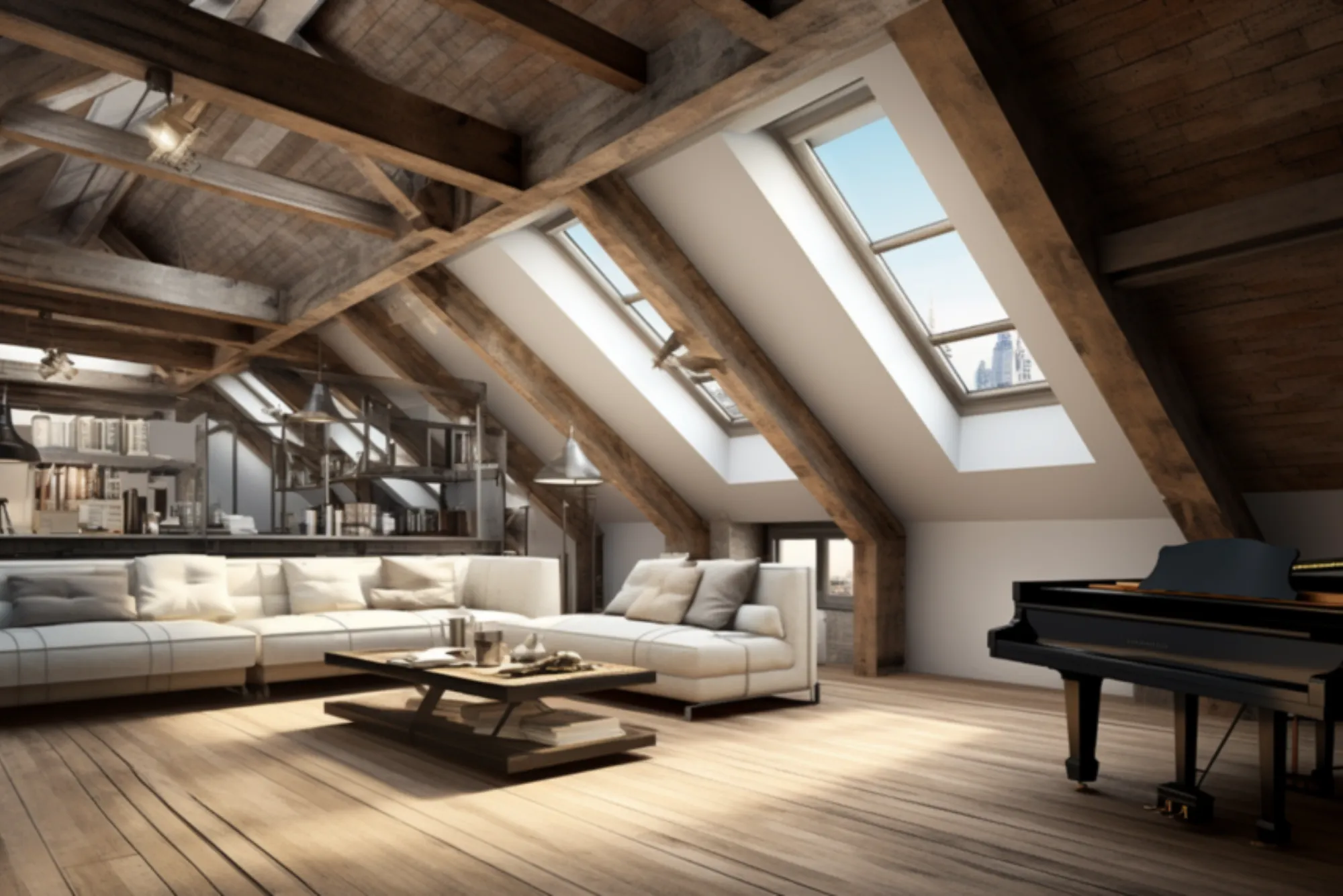How Does Loft Flooring Affect Acoustics?

Loft spaces are becoming increasingly popular due to their open-plan layouts, high ceilings, and industrial charm. However, while the unique design of lofts is appealing, it can present challenges in terms of acoustics. Acoustics, or the science of sound, plays a significant role in how sound behaves within a room. Loft flooring is one of […]
Does THC Vape Cause Lung Irritation?

Vaping has become a popular method for consuming cannabis due to its convenience and perceived safety compared to smoking. However, concerns have arisen regarding the potential health risks associated with vaping, especially when it comes to lung irritation and respiratory health. THC vapes and THC vape pens are often marketed as safer alternatives to traditional […]
How to find a Windows 11 Home Key?

Securing and activating the keys for Windows 11 Home and Office Home and Business 2021 is essential for accessing the full capabilities of these programs. This guide will help you locate and manage both keys, ensuring a smooth setup process. Understanding these activation processes also helps protect your software from potential issues, ensuring your system […]
